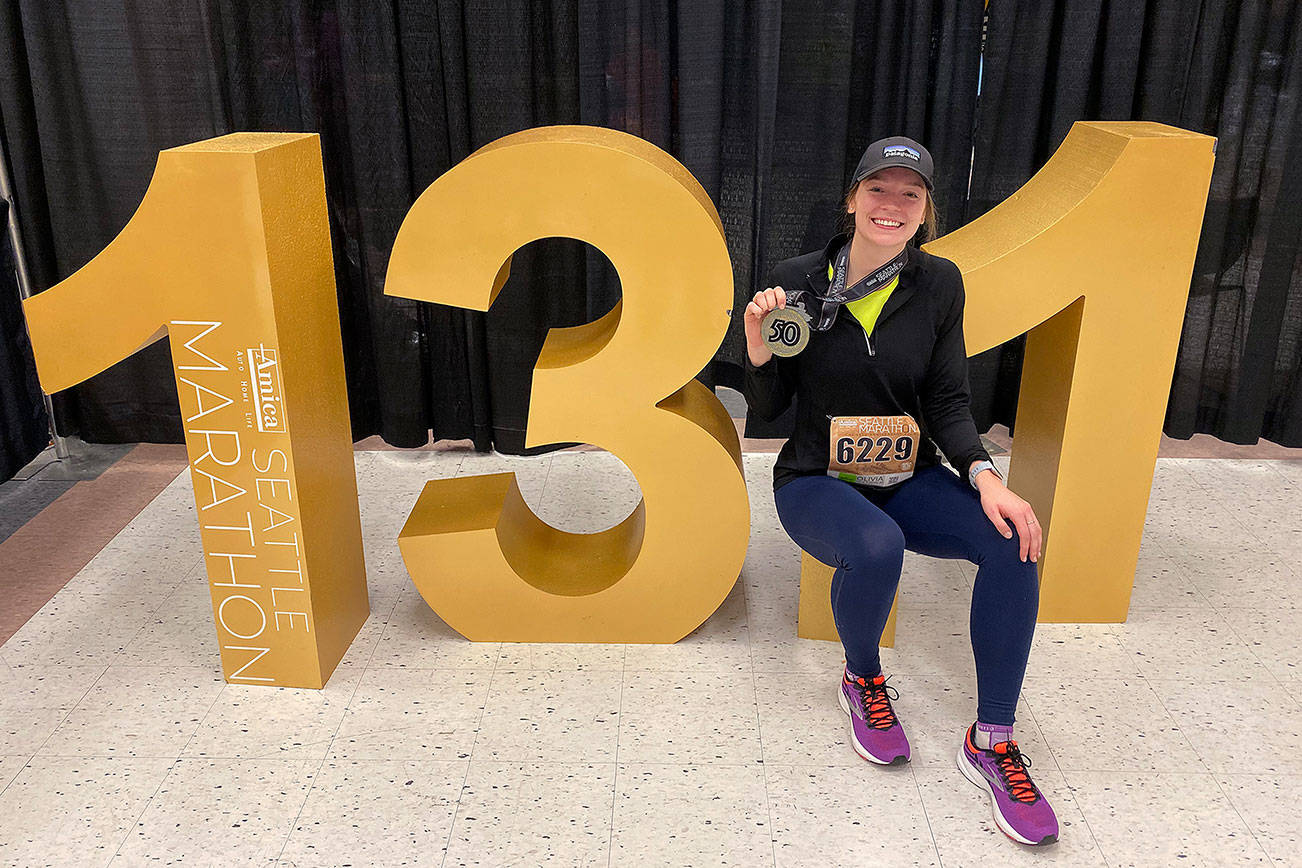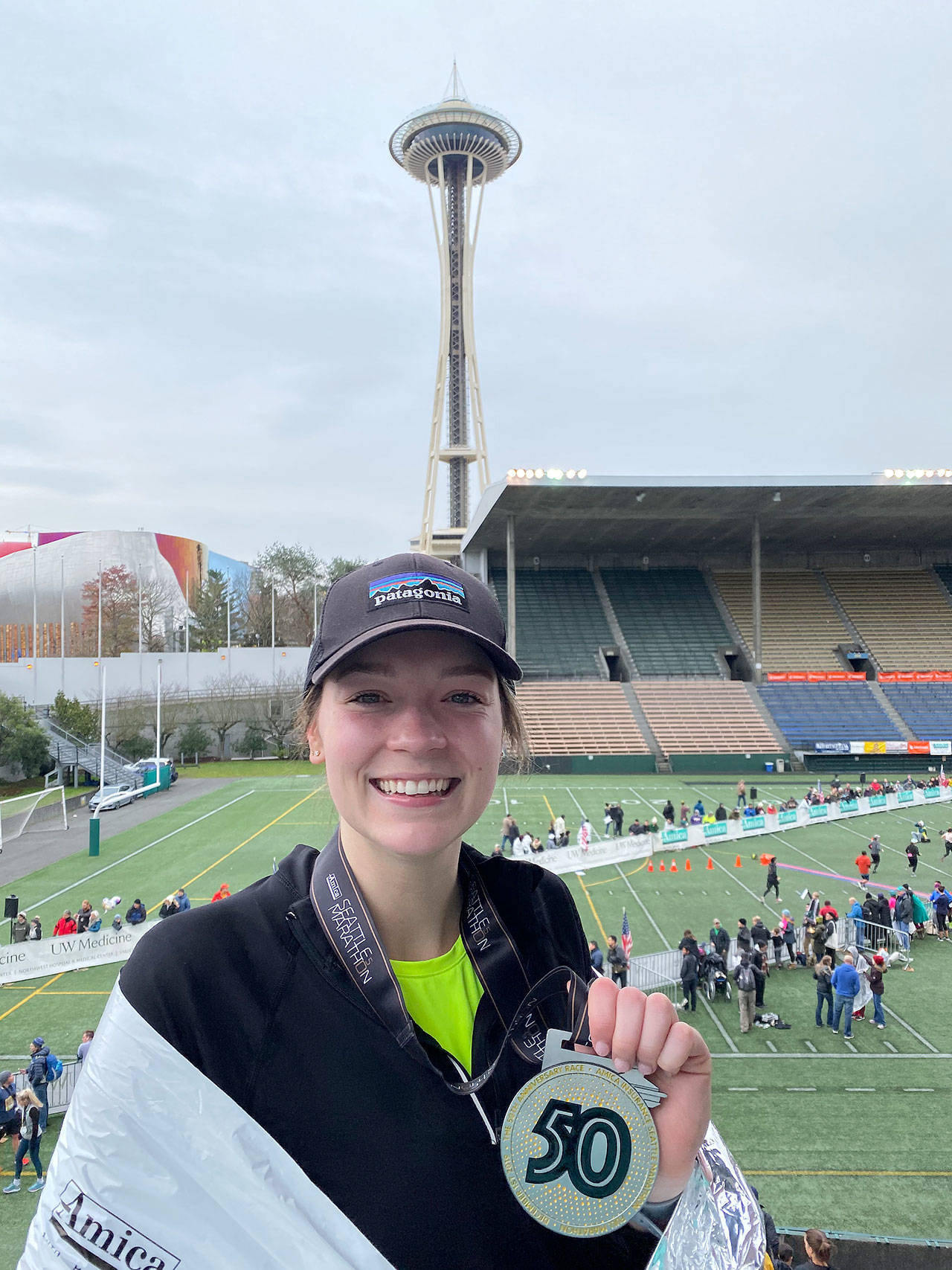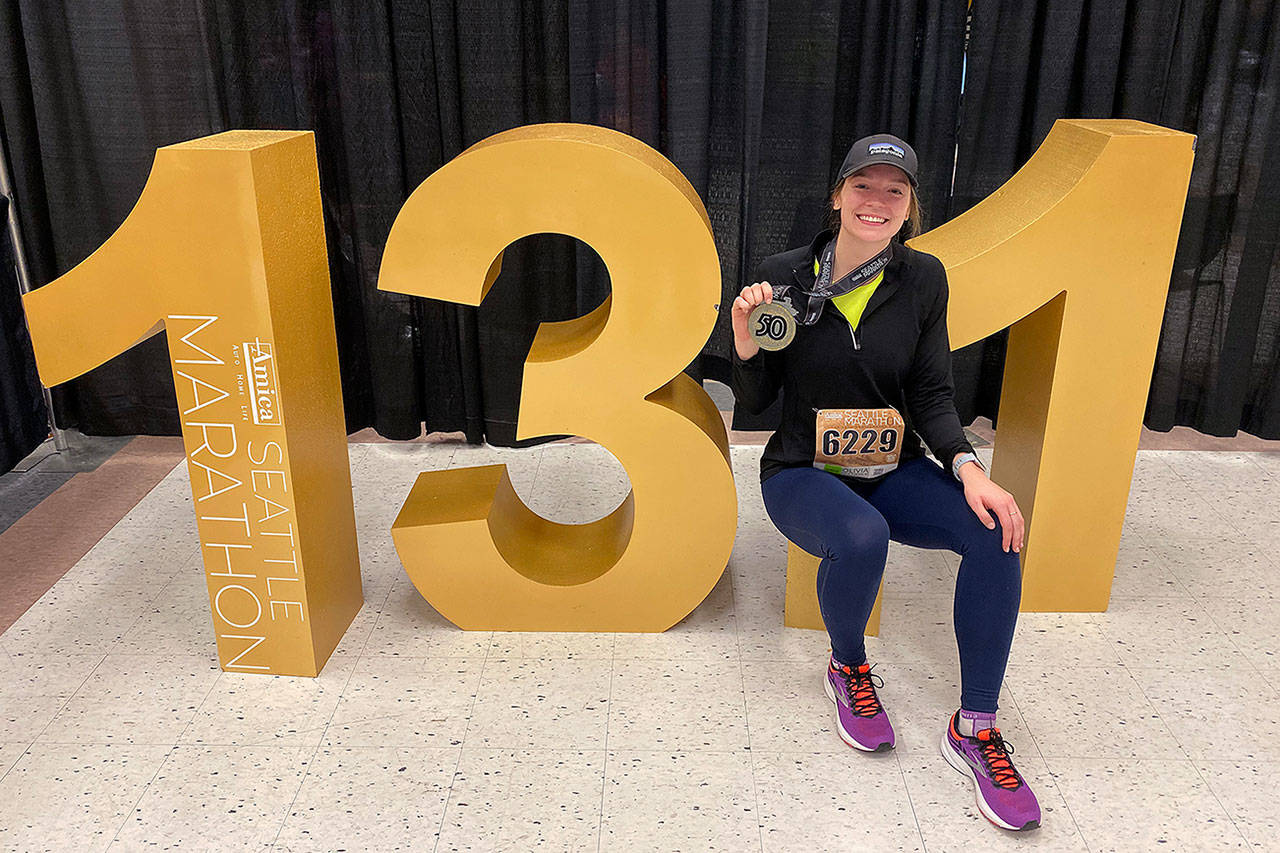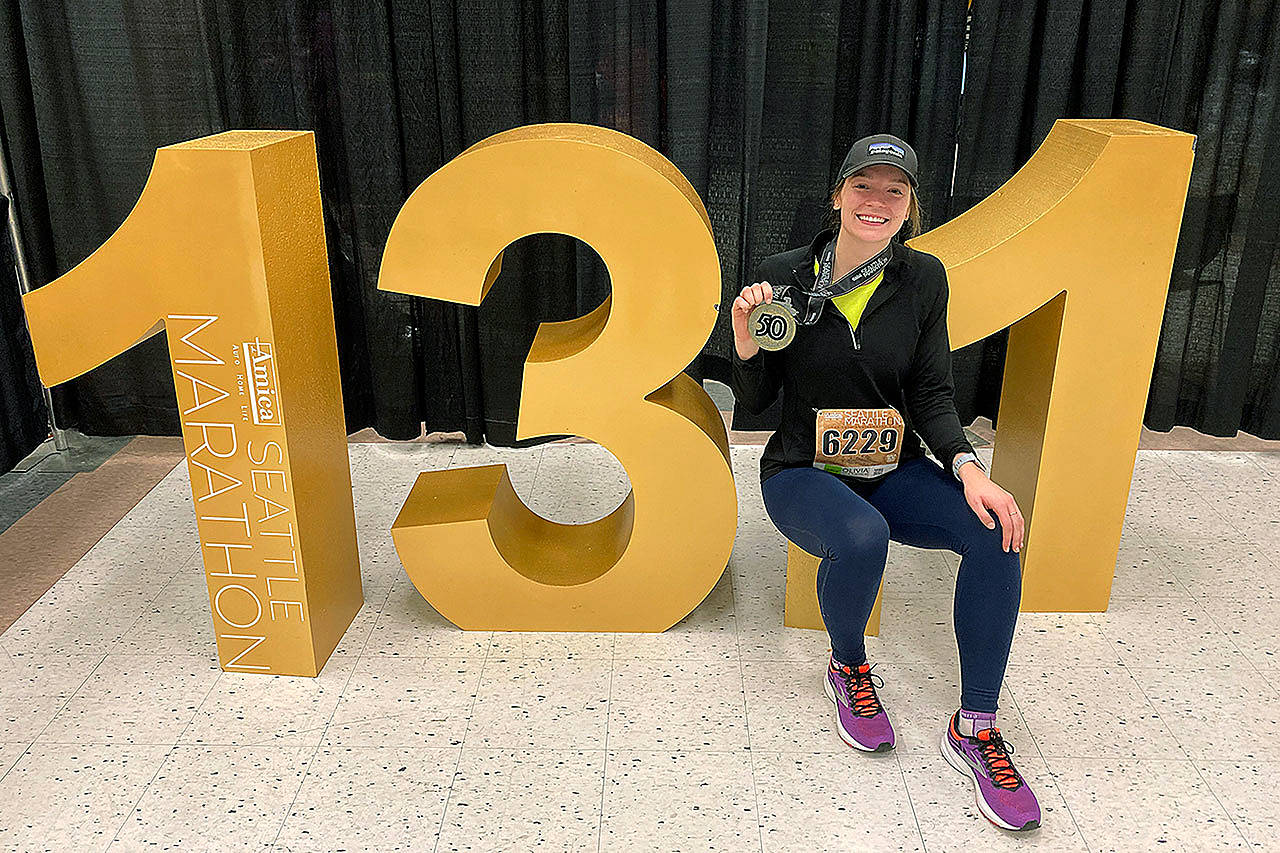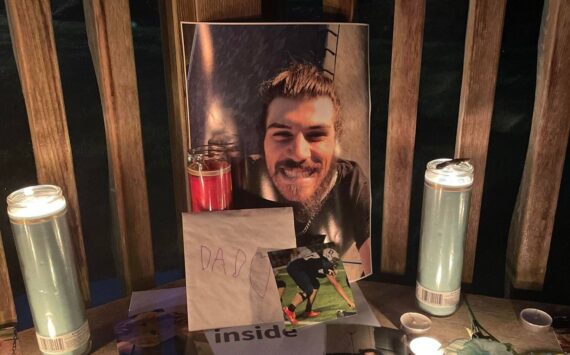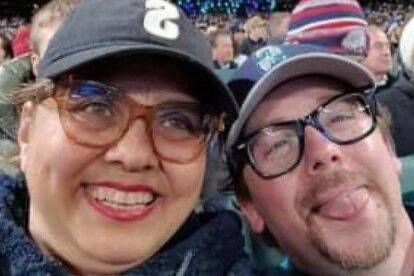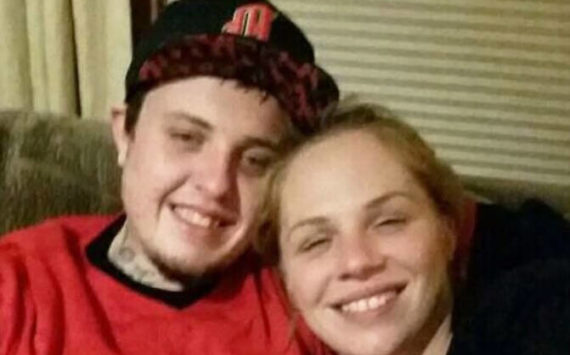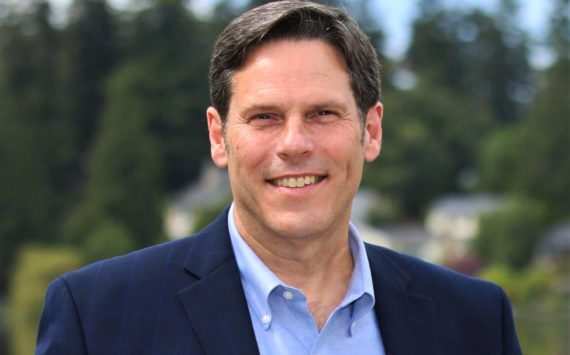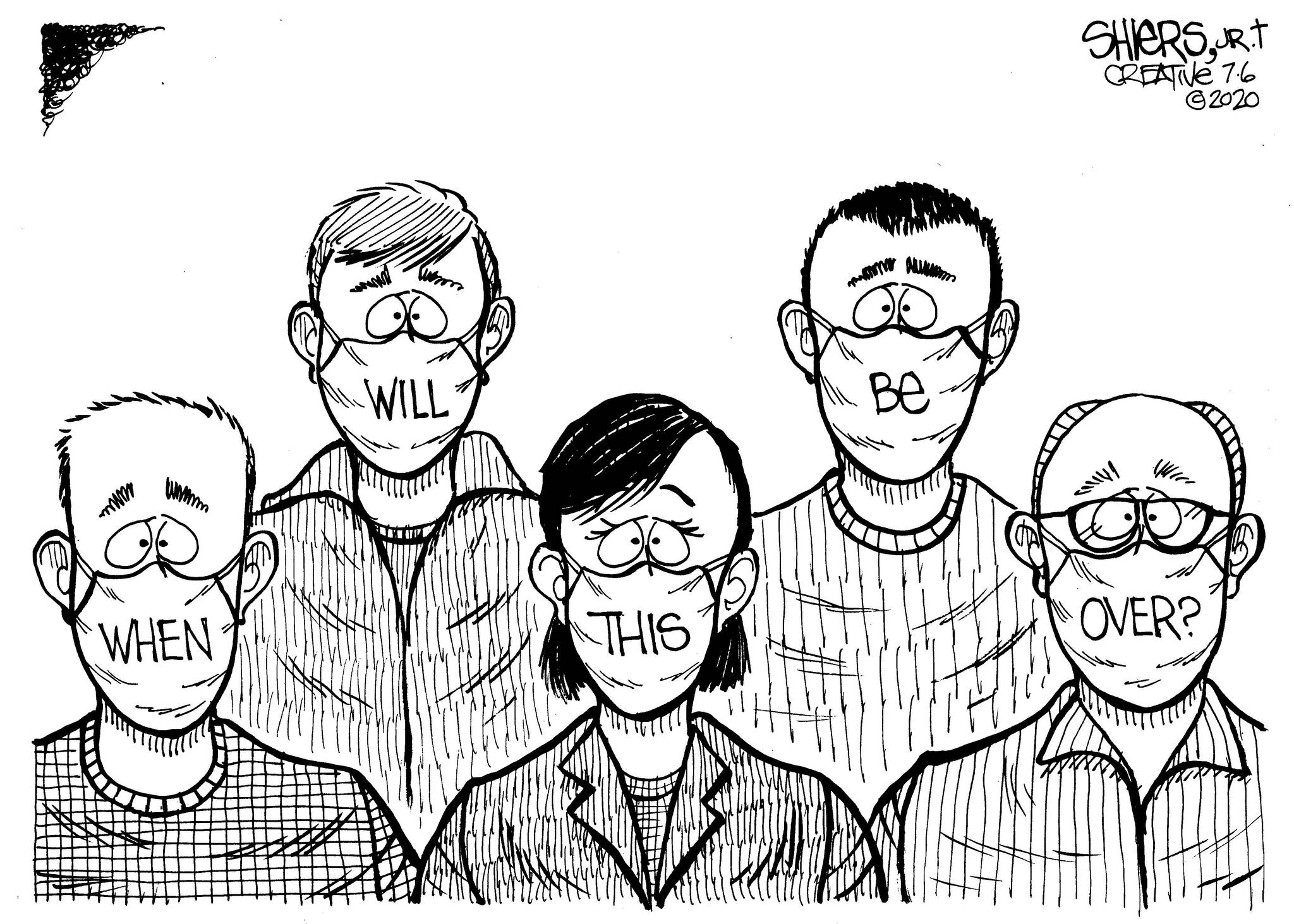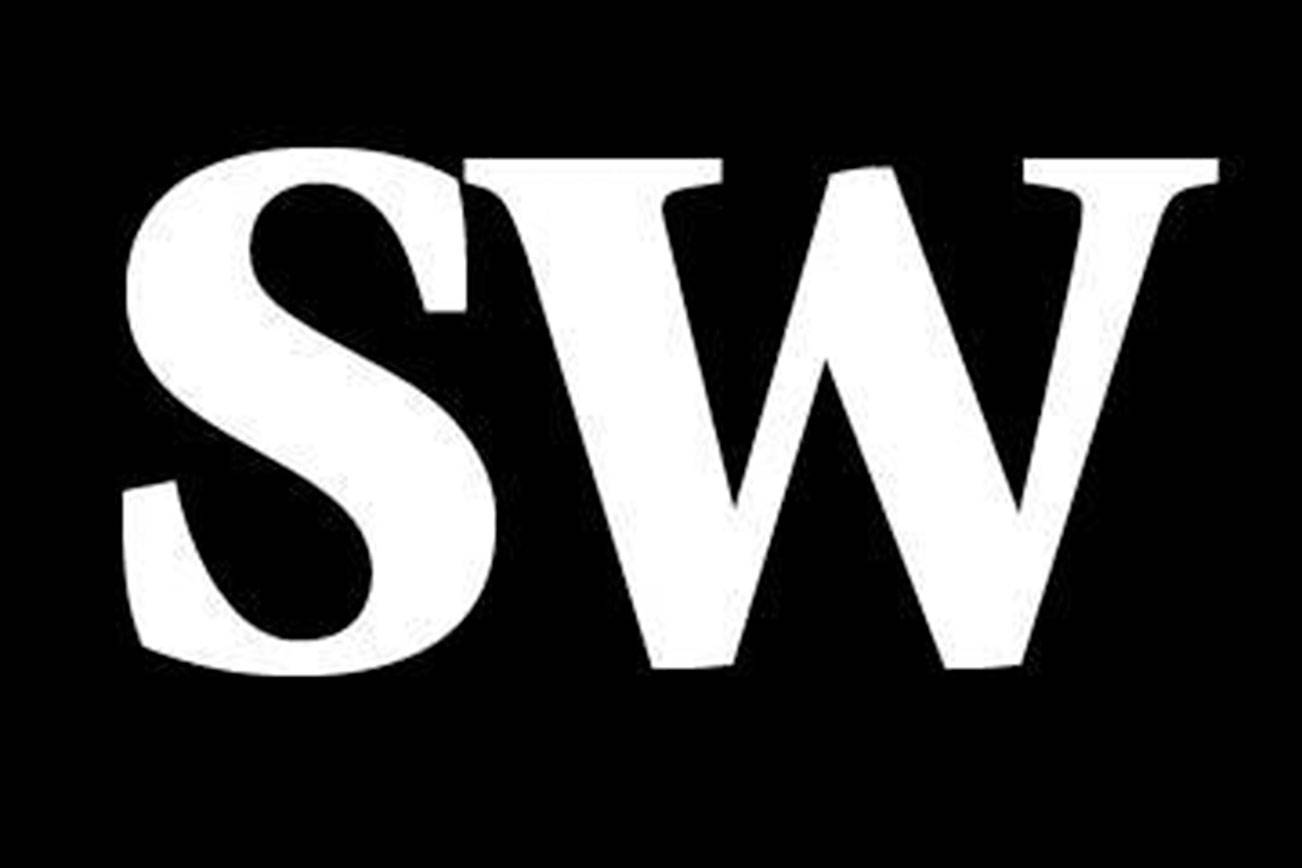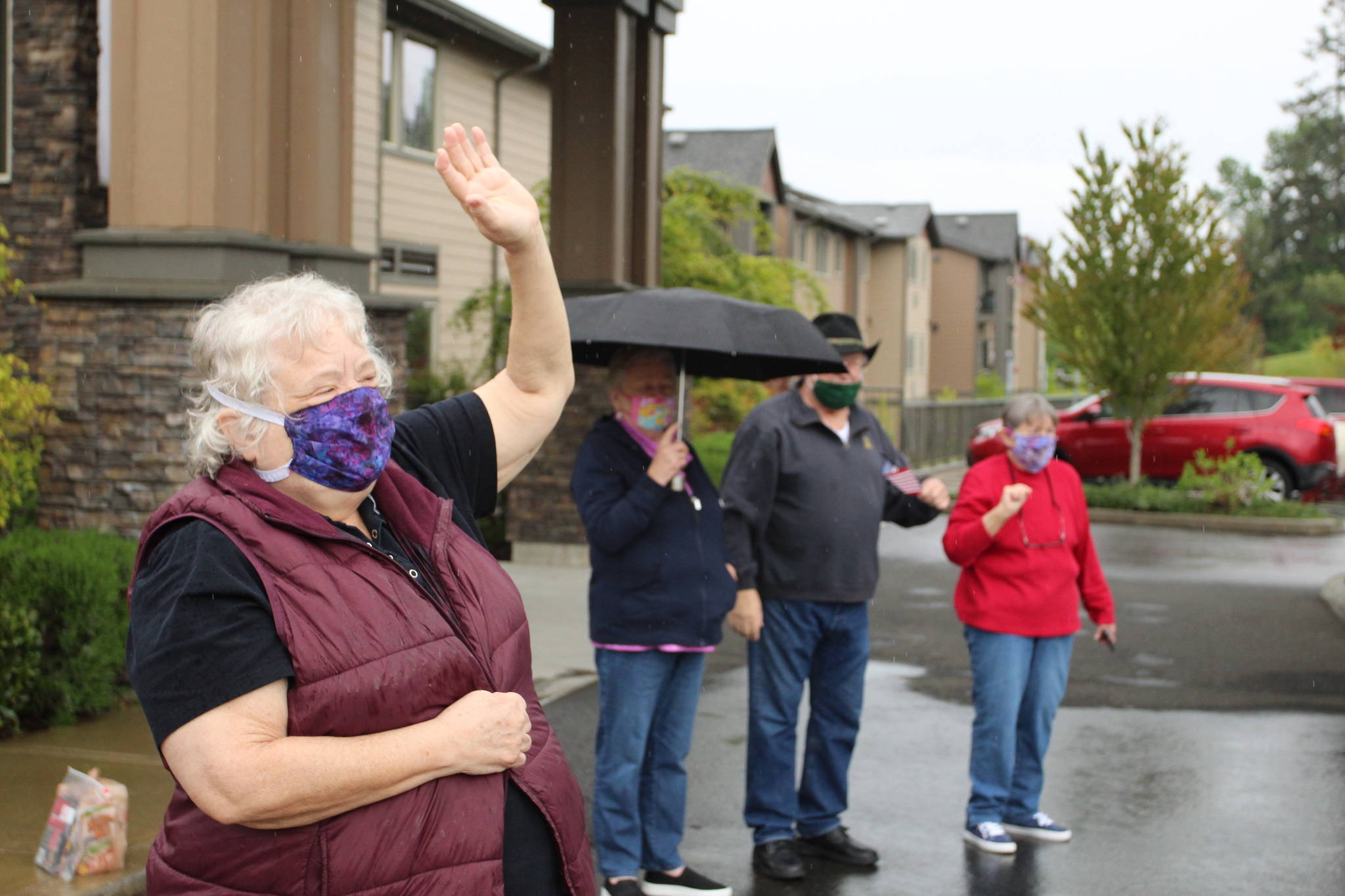I started running half marathons for the medals.
Or maybe because it was a way to de-stress from work. Or maybe because I was inspired by other local runners.
The reason I choose to lace up my running shoes may change daily, but in the end I can sum it up quite simply: I just love to run.
I’ve flirted with 5K distances, tackled a 10K or two and I’ve run more 400M sprint races than I could ever count since joining the sport in third grade.
Last summer, something inside me decided to seek a new challenge: “I should run a half marathon.”
Next thing I knew, I was researching training plans and mapping multi-mile routes throughout Federal Way.
My first half marathon was the Tacoma Narrows Half Marathon in August, which I finished in 2:12:46. I crossed the finish line sweaty and tired and with a totally new addiction to long distance racing.
While the Narrows Half could have been a one and done item to cross off my bucket list, it only took a few days for me to sign up for another distance race in September. In that post-race bliss, I signed up for the Seattle Half Marathon. This year was the marathon association’s 50th anniversary and at the very least, I knew I’d get an iconic medal.
(Pro tip: Always sign up for your next race while still riding the high of your last.)
In the weeks leading up to the Dec. 1 race, I worried about my training, wondering if I was logging enough miles and thinking I had opted for sleeping-in over an early morning workout a few too many times. As a way to prepare myself for, or maybe protect myself from, disappointment, I would say I was running the Seattle Half Marathon for “the experience.”
I usually fit my runs in before or after work and quickly discovered it is much harder to train for a half marathon in the late fall when it’s cold, rainy, and dark compared to the summertime. I now also had a layer of expectations for myself given my previous half in August.
Still, I was excited and hopeful and grateful for the ability to run. I put in many miles along South 320th Street and took a more dedicated approach with increasing my strength training in preparation. Six weeks later, it was race day.
The Seattle Half Marathon 13.1 mile course took runners up 5th Avenue and onto the I-5 express lanes, through Gas Works Park, Ballard and Fremont with a final push across the Aurora Bridge to the finish line at Memorial Stadium next to the Space Needle.
I corralled shoulder-to-shoulder with more than 7,000 of my fellow runners in the darkness before the 7 a.m. race start time last Sunday, anxiously stretching and bouncing to stay warm in temperatures hovering around the mid-30s. As the countdown released us, I weaved around walkers and other runners to find a comfortable, yet reserved pace in mile one.
I grew up staring at the city from the backseat window of my parents’ car on our frequent Seattle trips, but running these roads provided new and unforgettable sights, such as looking up the incline of 5th Avenue to a chaotic sea of hundreds of neon-clad runners traveling in between twinkling Christmas light-wrapped trees that lined the street.
The crowd of athletes soon tunneled onto the express lanes where morning light peeked through the concrete pillars and the thunder of footsteps nearly drowned out passing traffic.
It dawned on me after the race that I, someone who relies heavily on music and podcasts to get through every single training run, did not put headphones on once during the race. I was soaking in the moments and letting my mind roll with the miles.
As I coasted along the freeway toward mile five, I found myself a few hundred feet behind the 2:05:00 pacers and started to question my pre-race doubts. On the back of my bib number, I had jotted down my goal time as 2:10:59.
Why couldn’t this be my best race yet? Why couldn’t I push myself a bit more, a bit faster? Was I going to let my worries take away from my potential?
I stayed close to the 2:05 pacers for the next couple of miles, but decided to pass them around mile eight. My mile splits were faster than I had trained before and I felt good; I felt capable. Even when the course took runners up a series of brutally steep hills on North 39th Street in Fremont at mile 10 to reach the bridge.
Finally reaching the top, my legs were heavy and my run was more of a quick shuffle in hopes my muscles would stop aching. I turned the final corner onto the bridge and saw a row of kids, who all looked to be under the age of 5, cheering on the runners with hands outstretched to give high-fives.
With the knowledge of four kiddos rooting for me (well, all of us, but I needed any support I could get at the time), I ascended the Aurora Bridge and fell in stride with a stranger as we took on mile 11.
There were no words exchanged as we paced each other, matching step for step the final two miles. I never learned his name and only caught a glimpse of his face from the corner of my eye, but I won’t forget those miles of silent support we gave one another.
My final moments on the course, I saw my parents cheering for me and snapping photos. They had already met me at two other spots on the course to give encouraging shouts, but seeing them at the end gave me a burst of motivation.
When I crossed the finish line on Sunday morning, the clock read 2:01:40 — nearly 11 minutes faster than my previous half marathon time.
Tears welled in my eyes out of happiness and pride. I had surprised myself and proved the doubting voice in my head wrong.
The next race may be even better or it may be worse, but every race has a story.
Running mirrors life in many ways. Some days you feel on top of the world, other days you can’t seem to catch your breath. There’s struggle and glory and perseverance and defeat. It is more enjoyable, sometimes easier, with the company of others, but often it is a solo exploration of your own capability.
